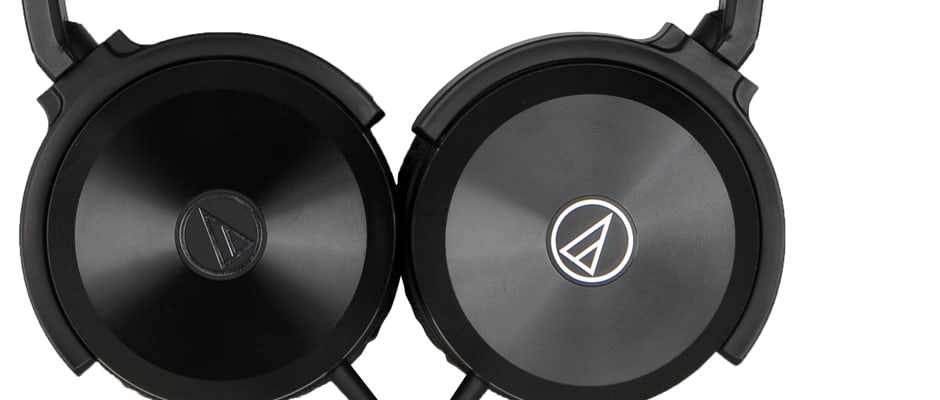Pros
Cons
Introduction
Product Overview
{{section_header}}{{section.name}}{{/section_header}}
See some racy pictures of the ATH-WS70s.
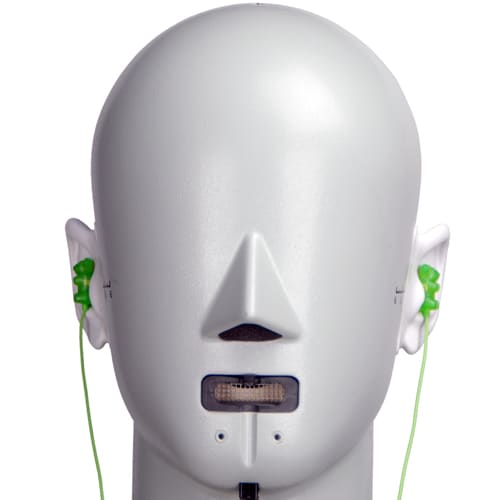
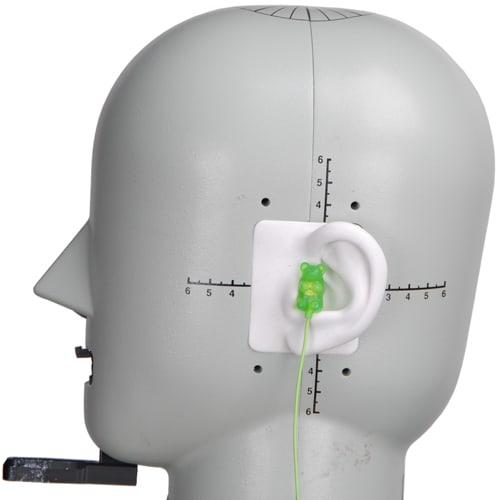
Speakers
{{section_header}}{{section.name}}{{/section_header}}
Only wearing a thin mesh behind the soft leather of the ear pads, the {{product.name}}'s speaker element is well-protected from bio-matter and sweat. Should the mesh get dirty, you can wipe it off with an alcohol-soaked cloth.
Sides
{{section_header}}{{section.name}}{{/section_header}}
Back
{{section_header}}{{section.name}}{{/section_header}}
Boasting a slick anodized aluminum backing these cans should not only be durable, but damned attractive-looking.
Band
{{section_header}}{{section.name}}{{/section_header}}
You can adjust the band of the {{product.name}}s by pushing or pulling the grooved tab on either side of the headphones, pictured here.
Cable
{{section_header}}{{section.name}}{{/section_header}}
Measuring in at a thoroughly average 3.93 feet long, the thin cable of the {{product.name}}s don't offer much protection form the outside world, but this should be fine for most casual use. Manufactured in the rapidly-disappearing Y-cable formation, you may end up tangling the cord fairly easily if you are the type of person to shove things in your bag without any organization.
Capping off that bland-as-hell cable is the ubiquitous 1/8th inch plug found on every set of headphones meant for portable use. Not much to see here.
Much like the cable itself, the little rubber guards meant to guard the sensitive solder points at the base of each ear cup are very thin, and don't feel like they could withstand too much force, so try not to allow anything to tug at the wires.
In the Box
{{section_header}}{{section.name}}{{/section_header}}
The only other things you'll find in the packaging for the {{product.name}}s is an assortment of documentation, and bits of plastic and zip-ties that you can throw away.
Durability
{{section_header}}{{section.name}}{{/section_header}}
Because the ear cups are made of metal and the band is robust, the {{product.name}} feels solid and shouldn't break after a couple drops. However, because the cables are so thin, you're liable to break the solder points where they meet the driver unit, so take care not to manhandle these.
Aesthetics
{{section_header}}{{section.name}}{{/section_header}}
To put it in PG terms, the {{product.name}}s are very pretty, and most would like to bring them home to meet their parents. For those of you not open to having a love affair with your headphones, the simple-yet-elegant design of the ear cups make the {{product.name}} liable to turn heads your way if you take them out on the street.
Frequency Response
{{section_header}}{{section.name}}{{/section_header}}
Until the 2-4kHz range, the {{product.model}}s actually maintain a pretty decent frequency response, keeping it flat in the mids, and slightly boosting the bass frequencies over the rest of you music. However, that 2.4kHz range is severely underemphasized, and that means that the highest notes on a piano or guitar are going to sound a lot quieter than they should.

Click here for more information on our frequency response test.
Distortion
{{section_header}}{{section.name}}{{/section_header}}
Despite that blip near the end of the chart, you shouldn't really hear much of any distortion at all, though the {{product.name}}s do give off a relatively high power sum compared to other Audio-Technica headphones.
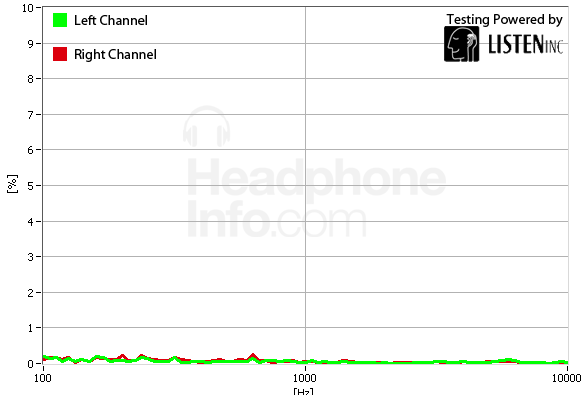
Click here for more information on our frequency response test.
Tracking
{{section_header}}{{section.name}}{{/section_header}}
Though the line may appear a bit erratic, the {{product.name}}s don't have any wild shifts in channel preference outside of the error in the higher end. Even if you know what to look for, chances are very slim you'll notice, unless you're a robot.
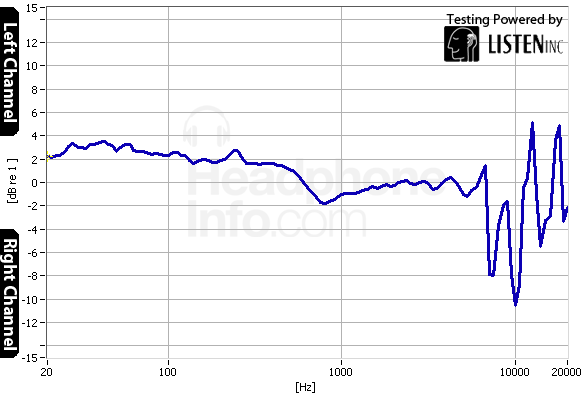
Click here for more information on our frequency response test.
Isolation
{{section_header}}{{section.name}}{{/section_header}}
These cans block out a tremendous amount of high-pitched noise, but they let in really low-frequency noises in almost unimpeded. For example, truck engines will easily disturb your listening sessions if you take your music outdoors.
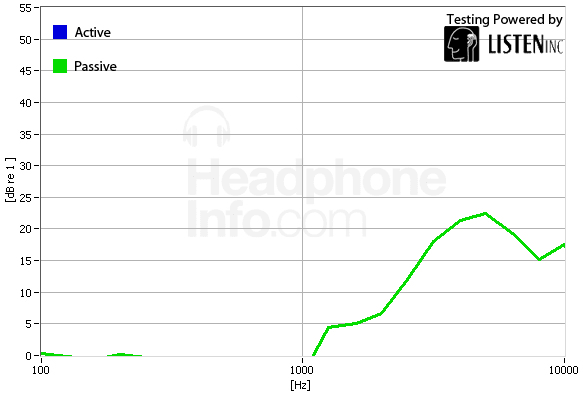
Click here for more information on our isolation test.
Leakage
{{section_header}}{{section.name}}{{/section_header}}
If you like to listen to your music at a loud volume, be aware that you might be annoying others around you, as the {{product.name}}s do leak a bit of sound, jerk. If you're in the car or on a bus, you may want to turn the tunes to a reasonable level.
Click here for more information on our leakage test.
Maximum Usable Volume
{{section_header}}{{section.name}}{{/section_header}}
Even though the {{product.name}}s are able to blast out some serious soundwaves at a level of 117.75dB before hitting a 3% level of distortion, this is something you should never, ever do to your ears. Seriously, you could damage them permanently by doing so.
Click here for more on our maximum usable volume test
Short-Term Use
{{section_header}}{{section.name}}{{/section_header}}
Once you plop the somewhat large ear cups onto your head, you'll enjoy the soft leather of the {{product.name}}s gently caressing your skull and ear. There aren't any major issues like band crimping or excessive pressure on your head.
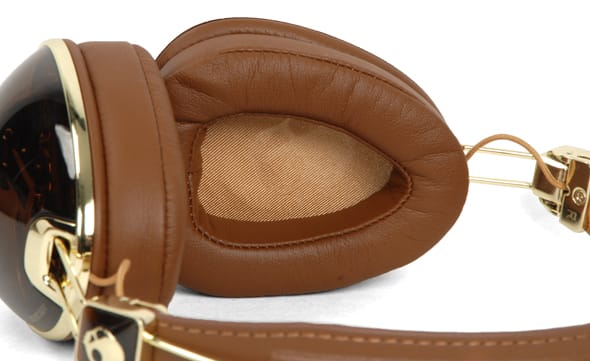
Extended Use
{{section_header}}{{section.name}}{{/section_header}}
This one's a mixed bag, entirely dependent upon your anatomy. If you have large, elephant ears like we do, you're probably going to notice that these headphones put a bit of pressure on your ears, which builds over a period of hours.
Customizability
{{section_header}}{{section.name}}{{/section_header}}
There is virtually nothing you can do at all to these headphones to customize them. You can move the ear cups around so they lay flat, but only one way. That's about it.
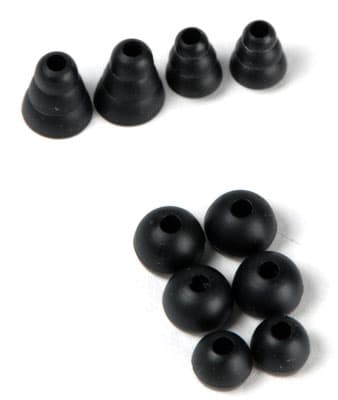
Cable Connectivity
{{section_header}}{{section.name}}{{/section_header}}
The cable to the {{product.name}}s is a standard, Y-shaped affair with thin wires and a regular ol' 1/8th inch plug. Nothing new or special about it, but it works.
Portability
{{section_header}}{{section.name}}{{/section_header}}
Due to their ability to fold down and their relatively light weight, the {{product.name}}s are fairly portable, though they do not come with a case for easy carry. If you have a way to protect the cable, feel free to shove them into a bag of some sort.
Maintenance
{{section_header}}{{section.name}}{{/section_header}}
Aside from wiping down the mesh covering the speaker elements with an alcohol-soaked rag or towel, there really isn't a whole lot you can do to maintain your cans, so be careful.
Conclusion
{{section_header}}{{section.name}}{{/section_header}}
If you're looking to grab a set of cans that get the job done and look slick on your head, the {{product.name}}s are a decent entry-level option. They do have a strange anomaly in some of the harmonic frequencies, but overall this is a great set of cans for the audio novice.
For the enthusiast crowd, these probably are not the way to go, as their cut-out at the 2.4kHz range will be annoying to those who really like music with a lot of high notes and harmonics. Additionally, the short, thin cord is probably not the way to go if you're listening at the computer either.
Buying the {{product.name}}s should save the novice some coin if they're looking to dip their their toes into the more expensive cans on the market, and they shouldn't disappoint that crowd. Audiophiles may want to keep looking, however, as these have some quirks to them that purists may recoil from.
Meet the tester
A seasoned writer and professional photographer, Chris reviews cameras, headphones, smartphones, laptops, and lenses. Educated in Political Science and Linguistics, Chris can often be found building a robot army, snowboarding, or getting ink.
Checking our work.
Our team is here to help you buy the best stuff and love what you own. Our writers, editors, and experts obsess over the products we cover to make sure you're confident and satisfied. Have a different opinion about something we recommend? Email us and we'll compare notes.
Shoot us an email